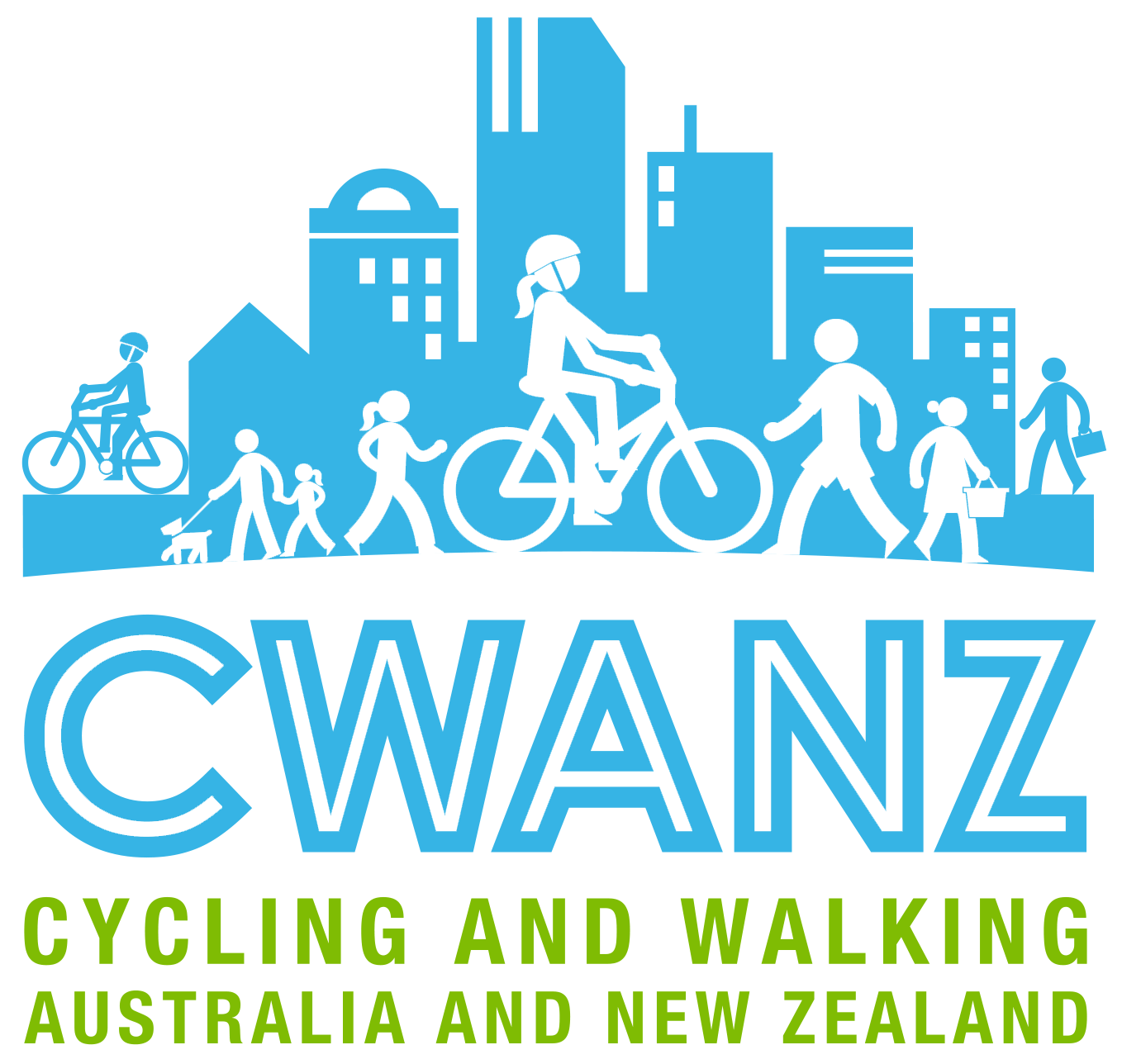Resources
This page contains some key resources on walking and cycling, including an archive of the documents produced by the Australian Bicycle Council.
| Date Added | |||
|---|---|---|---|
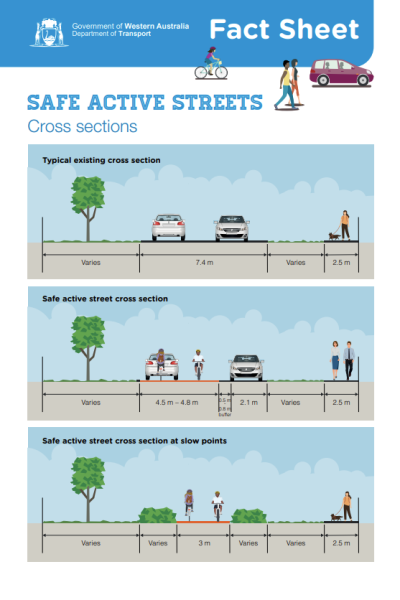 |
Safe Active Streets Pilot Program Department of Transport WA Department of Transport WA has been working with Western Australian local governments to develop, trial and evaluate ‘safe active streets’ which use local area traffic management treatments to encourage more people to walk, wheel and ride in their communities. |
18/03/2024 | View |
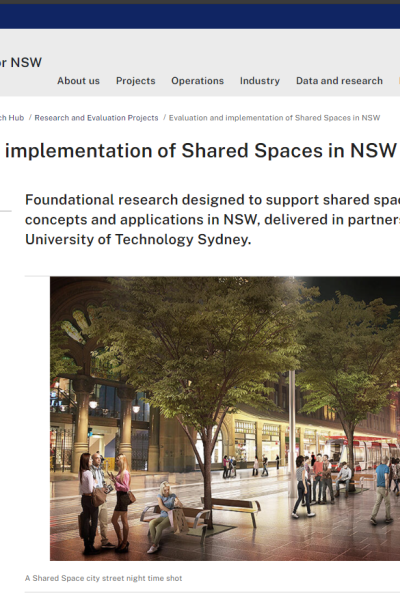 |
Evaluation and implementation of Shared Spaces in NSW Transport for NSW Foundational research designed to support shared space design concepts and applications in NSW, delivered by Transport for NSW in partnership with the University of Technology Sydney. |
16/02/2024 | View |
 |
Universal access Department of Transport and Main Roads, Queensland On this page: |
27/10/2023 | View |
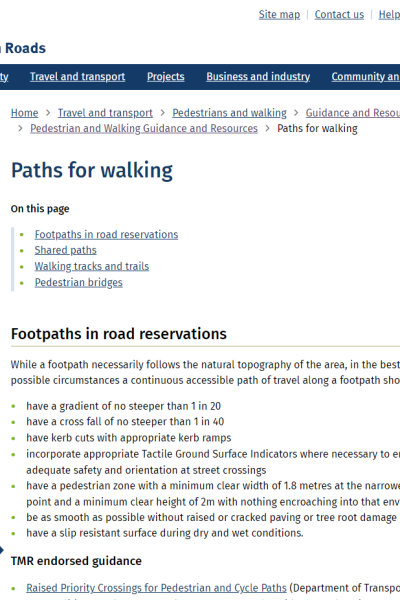 |
Paths for walking Department of Transport and Main Roads, Queensland On this page |
27/10/2023 | View |
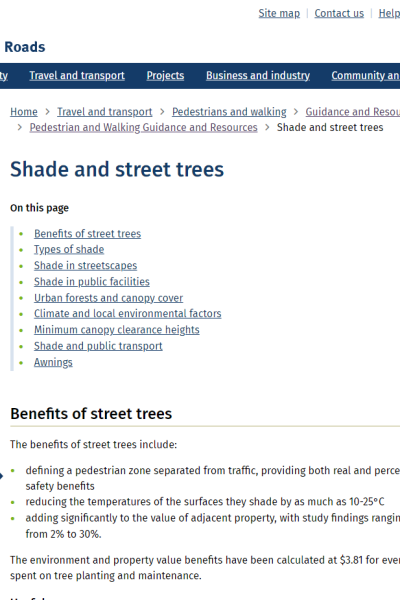 |
Shade and street trees Department of Transport and Main Roads, Queensland On this page: |
27/10/2023 | View |
 |
Pedestrian and Walking Guidance: Supporting facilities Department of transport and Main Roads, Queensland On this page: |
27/10/2023 | View |
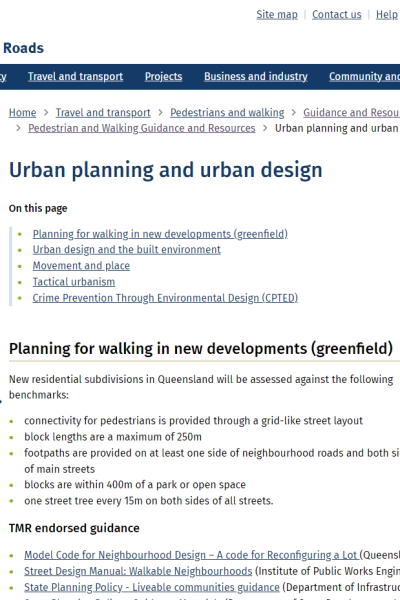 |
Urban planning and urban design Department of Transport and Main Roads, Queensland On this page: |
27/10/2023 | View |
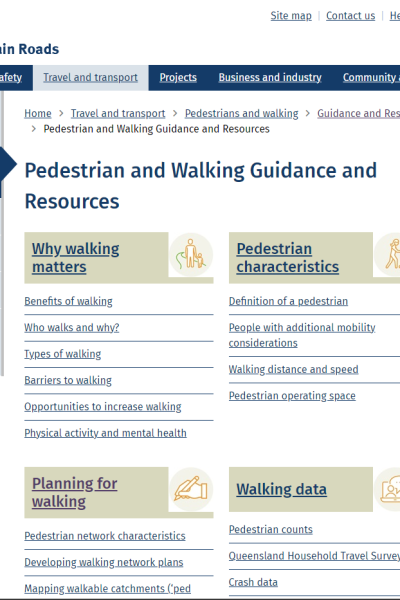 |
Pedestrian and Walking Guidance and Resources Department of Transport and Main Roads, Queensland Including:
|
13/10/2023 | View |
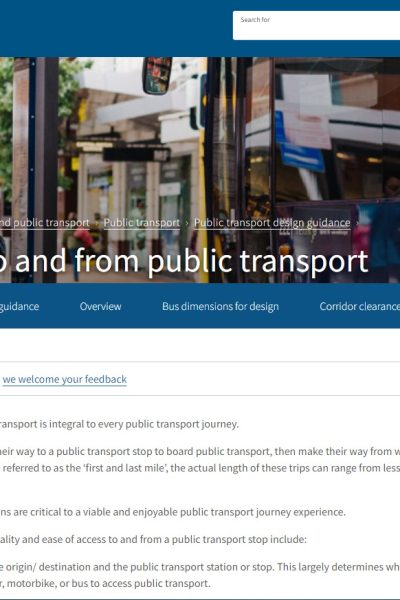 |
Getting to and from public transport Waka Kotahi NZ Transport Agency Getting to and from public transport is integral to every public transport journey. All passengers must make their way to a public transport stop to board public transport, then make their way from where they disembark to their final destination. Often referred to as the ‘first and last mile’, the actual length of these trips can range from less than 100m to many kilometres. First and last mile connections are critical to a viable and enjoyable public transport journey experience. Key issues relating to the quality and ease of access to and from a public transport stop include:
It is important that those involved in public transport planning consider the whole of the passengers' journey. When planning for public transport journeys, the following questions should be considered:
|
19/05/2023 | View |
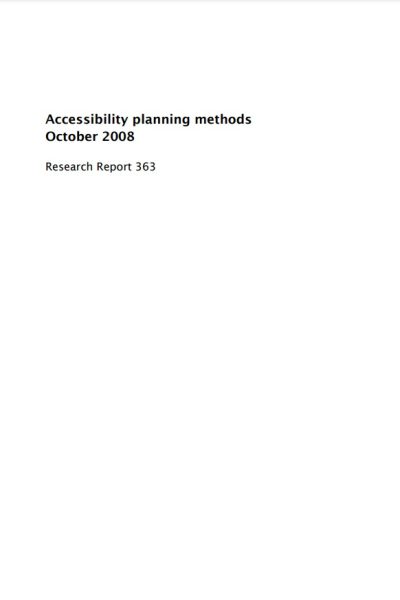 |
Research Report 363 Accessibility planning methods Waka Kotahi NZ Transport Agency This research investigated the applicability of accessibility planning in New Zealand as a tool for assessing and improving personal access to essential services for all New Zealanders. It canvassed international accessibility planning practices in England, the Netherlands and Southern California to understand the various drivers for its introduction and the different approaches taken in its implementation. All three case studies share the goal of improving individuals’ access to activity centres and recognise that accessibility planning is best undertaken at the local level with some form of central government guidance and monitoring. The English comprehensive accessibility planning framework has been adapted to New Zealand’s existing social services and local government legislative and institutional environment and the recently legislated changes to the government land transport sector. The resulting recommended framework employed a collaborative approach to assess and improve people’s accessibility to employment, food shopping, health, education and social services across New Zealand. All levels of government would participate in the assessment of accessibility, development of priorities, indicators and action plans and monitor progress against outcomes, within government frameworks. Transport actions developed by regional accessibility partnerships to address regional problems would feed directly into their regional land transport programmes for prioritisation for funding. |
19/05/2023 | View |
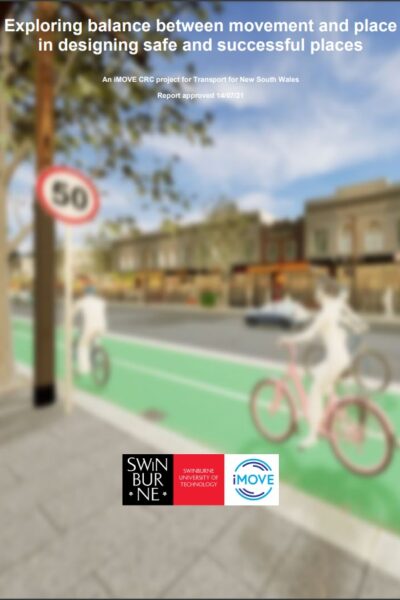 |
Movement & Place and the design of safe & successful places iMove Future Transport Strategy 2056 sets the 40-year vision and framework for customer mobility in NSW. As part of this vision, the Strategy recognises the importance of shaping our future transport spaces to ensure balance between movement and place. To support the development of successful places, the Movement & Place Framework promotes the urban design principles that allow local communities to come together in places with vehicle movement, thereby supporting social and economic growth. The purpose of this research is to use the Movement & Place Framework and Safe System approach to develop a series of evidence-based design principles and guidelines for balancing vehicle movement and place-making, to enhance the development of safe and successful places. Using virtual reality (VR) and pedestrian tracking technology, the project aims to better understand relationships between pedestrian-oriented urban design elemental variables and safe system treatments to improve the human experience and safety of pedestrians. Outcomes from this research will facilitate the implementation and evaluation of successful places in collaboration with local councils to determine the real-life impact of different place-making and safety variables. |
14/06/2022 | View |
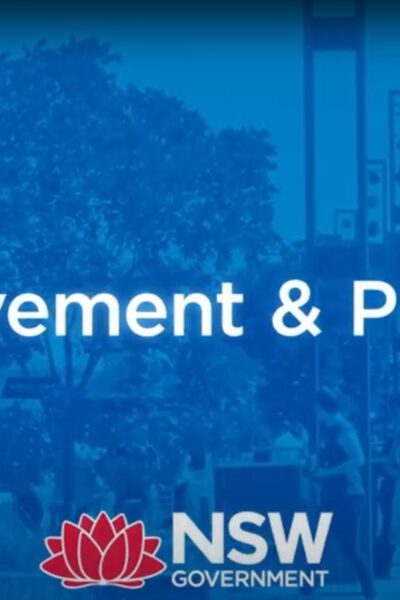 |
Movement and Place Transport for NSW Movement and Place is a cross-government framework for planning, designing and managing our transport networks to maximise benefits for the people and places they serve. |
14/06/2022 | View |
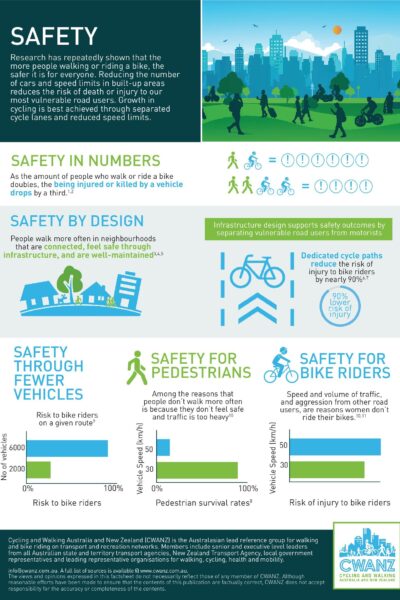 |
CWANZ Fact Sheet: Safety CWANZ Research has repeatedly shown that the more people walking or riding a bike, the safer it is for everyone. Reducing the number of cars and speed limits in built-up areas reduces the risk of death or injury to our most vulnerable road users. Growth in cycling is best achieved through separated cycle lanes and reduced speed limits. |
28/04/2022 | View |
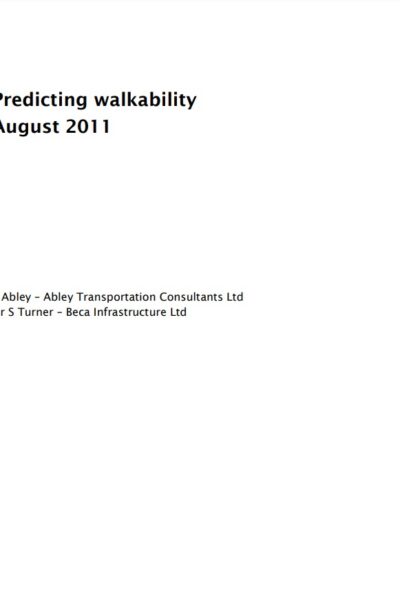 |
Research report 452 Predicting walkability Waka Kotahi NZ Transport Agency This research provides a number of mathematical formulas for predicting the quality of the walking environment from the perspective of the user using operational and physical variables. The formulas were derived by combining the perception data gathered from participants in the community street reviews with measurements of the walking environment. The two main areas that were researched to enable the derivation of formulas were:
This research describes the process for obtaining the data and deriving the formulas, and recommends the formulas most suitable for practitioner use. |
07/04/2022 | View |
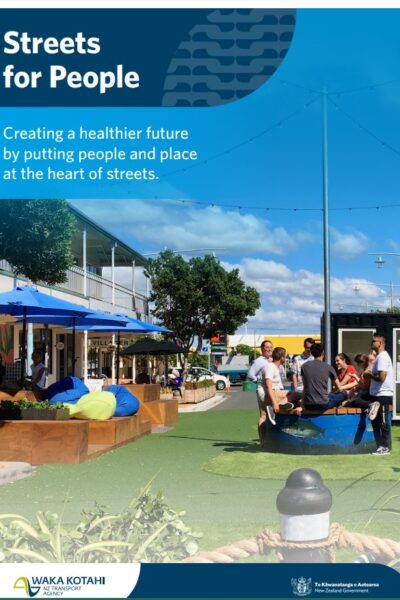 |
Streets for People Waka Kotahi NZ Transport Agency Creating a healthier future by putting people and place at the heart of our streets. |
07/04/2022 | View |
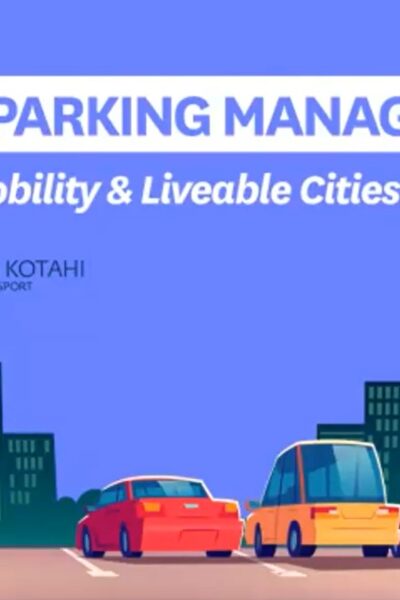 |
Strategic Parking Management Waka Kotahi NZ Transport Agency Part of Urban Mobility & Liveable Cities Series. Presented by Lorelei Schmitt, Principal Multimodal Advisor, Waka Kotahi NZ Transport Agency and George Lyons |
07/04/2022 | View |
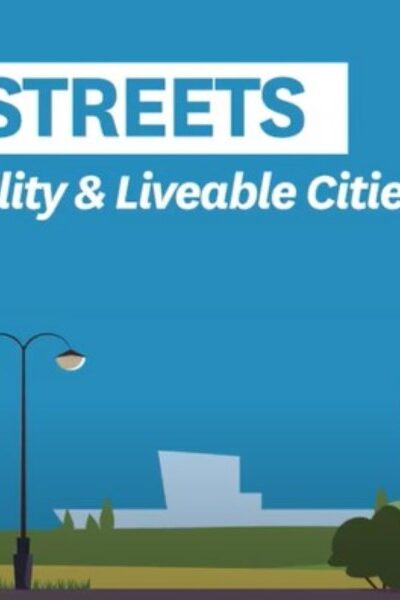 |
Healthy Streets Waka Kotahi NZ Transport Agency Part of Urban Mobility and Liveable Cities Series. Featuring Claire Pascoe (Waka Kotahi NZ Transport Agency), Hamish Mackie (Mackie Research) and Lemauga Lydia Sosense, Chair Mangere Otahuhu Local Board. |
24/11/2021 | View |
 |
Bridging the Gap: NZTA Urban Design Guidelines Waka Kotahi NZ Transport Agency The guidelines seek to improve the understanding of what good urban design means in a transport project. The guidelines are intended for consultants, contractors, project managers, stakeholders and the community who participate in the planning, design, construction and maintenance of our transport networks. They are also intended for other Transport Agency staff whose work and actions affect urban design outcomes. |
19/10/2021 | View |
 |
Pedestrian Planning and Design Guide Waka Kotahi NZ Transport Agency The Pedestrian planning and design guide is New Zealand's comprehensive official guide to planning and design for walking. It sets out ways to improve New Zealand’s walking environment |
19/10/2021 | View |
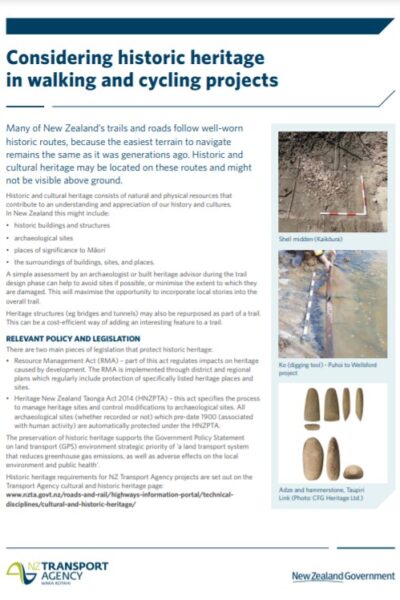 |
Considering Historic Heritage in Walking and Cycling Projects Waka Kotahi NZ Transport Agency The draft Handbook for tactical urbanism has been developed as a tool to help councils and communities deliver tactical urbanism projects to a high standard, using a collaborative best-practice approach. |
07/10/2021 | View |
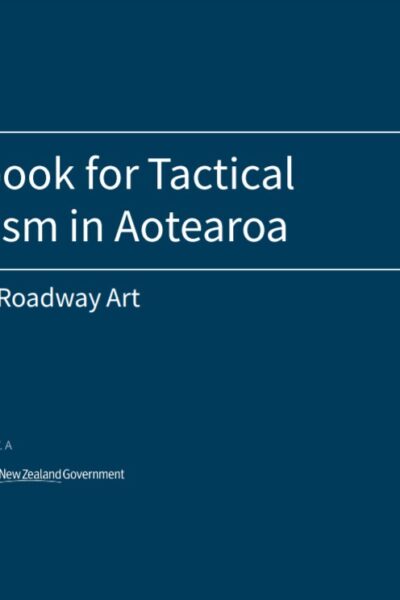 |
Draft Handbook for tactical urbanism in Aotearoa - Guidance: roadway art Waka Kotahi NZ Transport Agency A supplement to the Handbook for tactical urbanism provides draft guidance on compliant application of using road artwork effectively and safely in New Zealand. |
30/09/2021 | View |
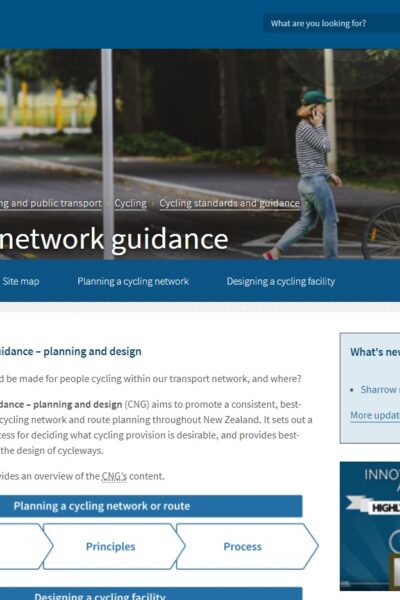 |
Cycling Network Guidance Waka Kotahi NZ Transport Agency Cycling network guidance – planning and design (CNG) framework aims to promote a consistent, best-practice approach to cycling network and route planning throughout New Zealand. |
06/09/2021 | View |
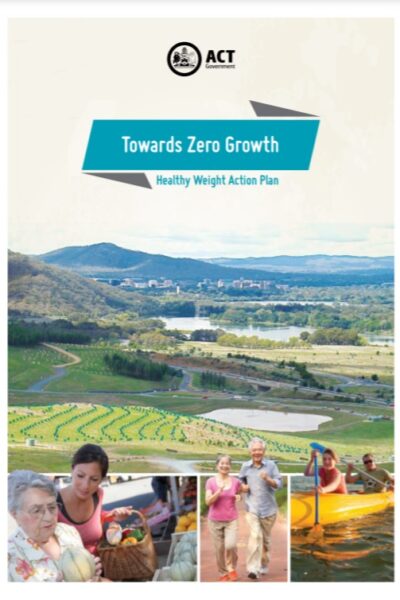 |
Towards Zero Growth: Healthy Weight Action Plan ACT Government Department of Health The action plan establishes local action to build on the work of the National Partnership Agreement on Preventive Health, the work of clinicians and nongovernment bodies, and on the many ACT programs already in place under our Healthy Weight Initiative. It will take the healthy weight agenda beyond the Health portfolio and improve coordination across government. |
21/07/2021 | View |
